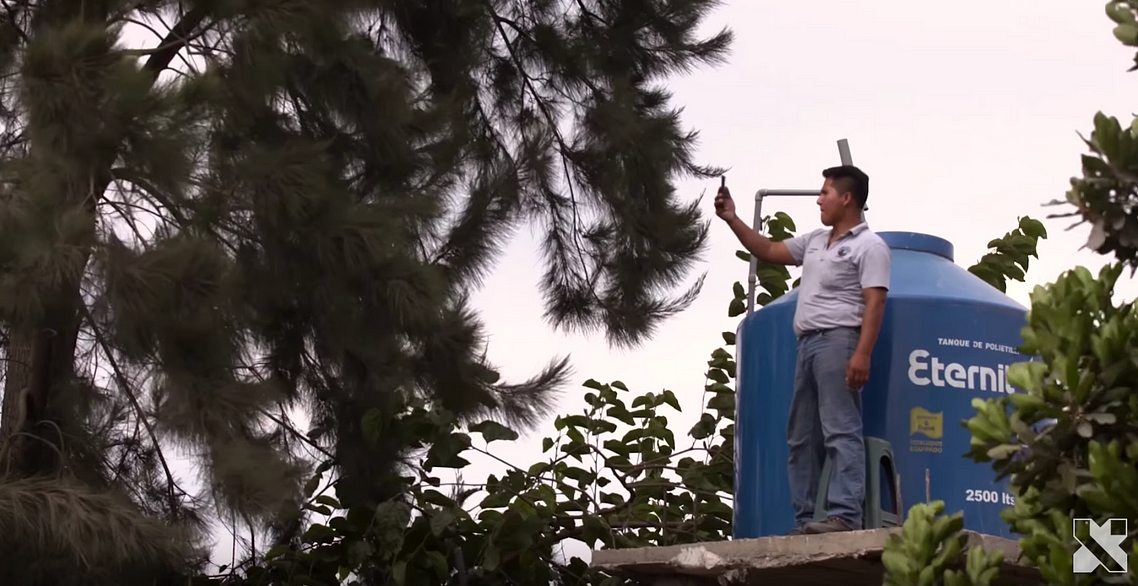Bringing Loon to Kenya
Reflecting on Loon’s journey and our first engagement in Africa
Editor’s note: This blog was originally published by the Loon team on July 19, 2018. In 2021, Loon's journey came to an end. The Loon team have shared their flight data and technical, operational and scientific insights in The Loon Collection to support the next generation of stratospheric innovation. Thank you to everyone who supported the Loon team along the way.
I’ve spent 30 years working in the telecom industry, but it was my interest in photography that first introduced me to Project Loon. In 2013, a photographer I follow posted the first images of balloon-powered internet connecting a sheep farmer in New Zealand. These extraordinary images of jellyfish-like balloons, gliding past snow-capped mountains captured my imagination. It was a world away from the infrastructure I had spent my life using to connect people, and the idea seemed at least a little crazy.
Some UFO sightings and more than 30 million kilometers flown in the stratosphere later, and my initial skepticism has been proven wrong. As Loon showed last year, strapping a re-engineered cell tower to the bottom of a balloon and floating it 20 kilometers in the sky to provide connectivity to those below is far from crazy — it’s an idea whose time has come.
Connect People Everywhere
Loon started like all X projects do: As an idea to make the world a radically better place. When we challenged ourselves to understand the problem, we met a lot of people along the way. Some climbed trees and water towers to get a better mobile signal. Some sent their phones on days-long journeys in the hopes they would catch a signal and return with downloaded messages. Others built tree forts to access wireless broadband.

Angel, who owns and operates a greenhouse business in Peru, searching for a signal
Seeing the lengths that people go to get access helped us understand the transformative power of the internet. Those people and their stories propelled us as we worked to develop the Loon technology. Now it’s time to bring that technology to market so it can help those who inspired us to build it.
Loon to Kenya
Last week, we dropped the “Project” from our name, becoming an independent company within Alphabet. As Loon, our mission is to connect people everywhere by inventing and integrating audacious technologies.
Today, we’re excited to take a big step forward for our business and mission by embarking on our first engagement in Africa. Together with Telkom Kenya, we’ll provide balloon-powered internet to regions of central Kenya, starting in 2019. This is a first for all of us, and over the coming months we will collaborate on the technical, operational, and other work needed to expand Telkom’s network to more people in Kenya.
Our path to success as a company is through providing value to mobile network partners like Telkom Kenya and helping them extend their reach to places where ground-based infrastructure can’t go. At the end of the day, Loon is providing an infrastructure solution — it just happens to be 60,000 feet in the air, on the edge of space.
We couldn’t be more excited to start our journey in Kenya, and we look forward to working with mobile network partners worldwide to deliver on the promise of Loon.
